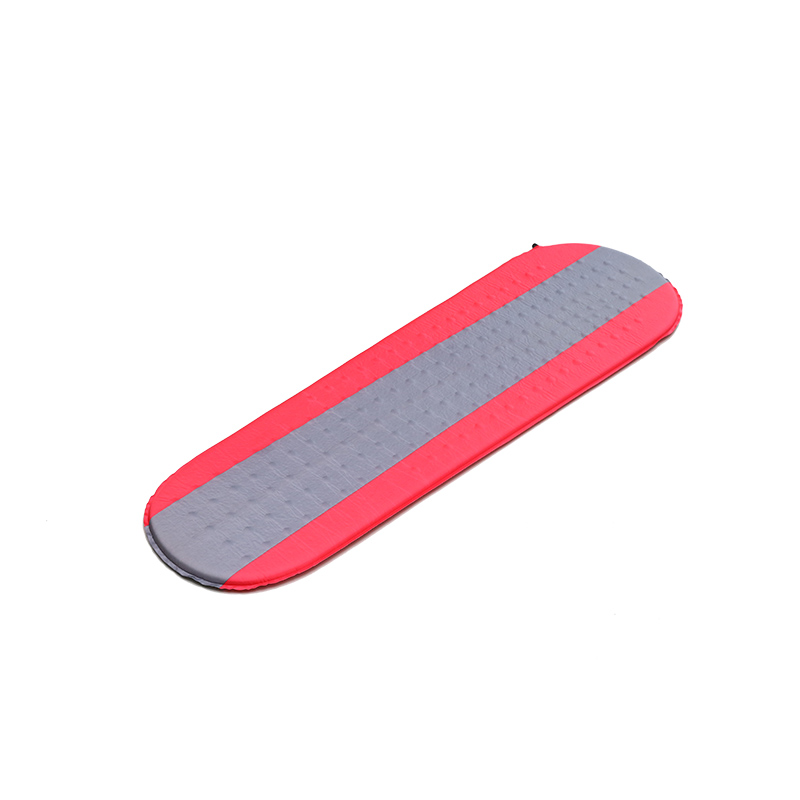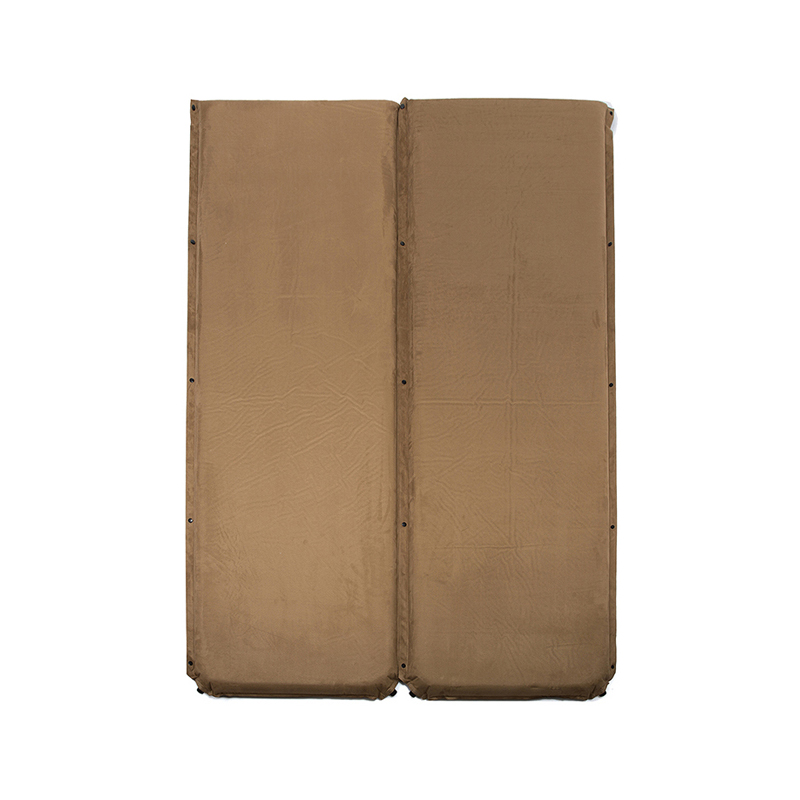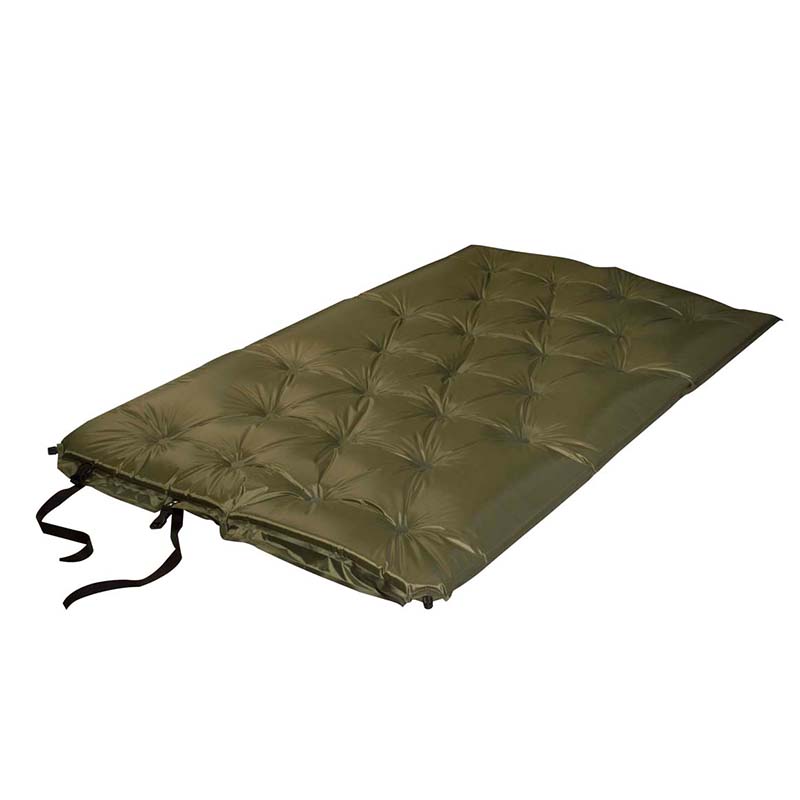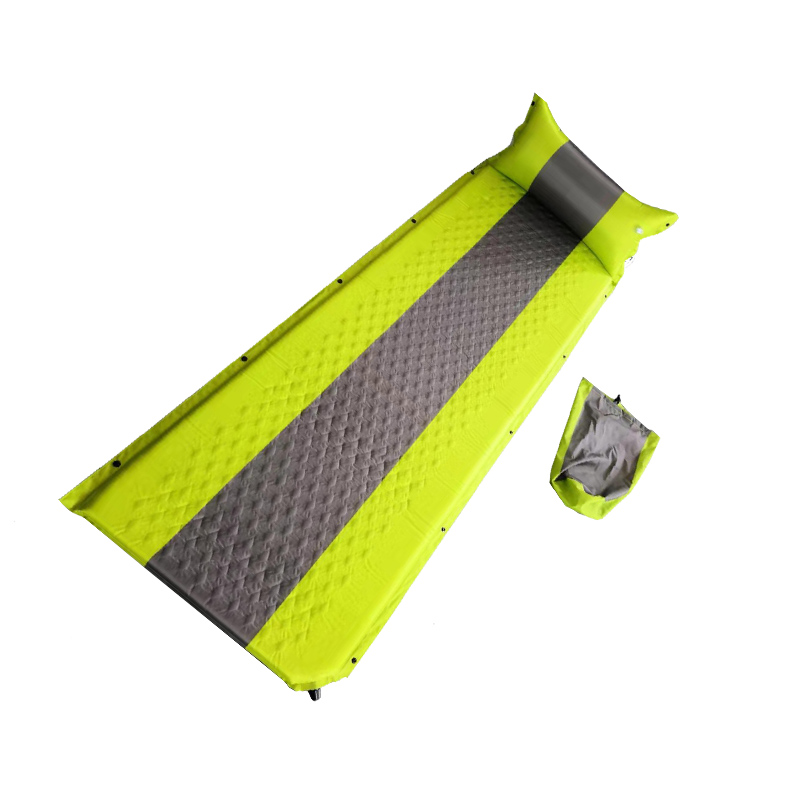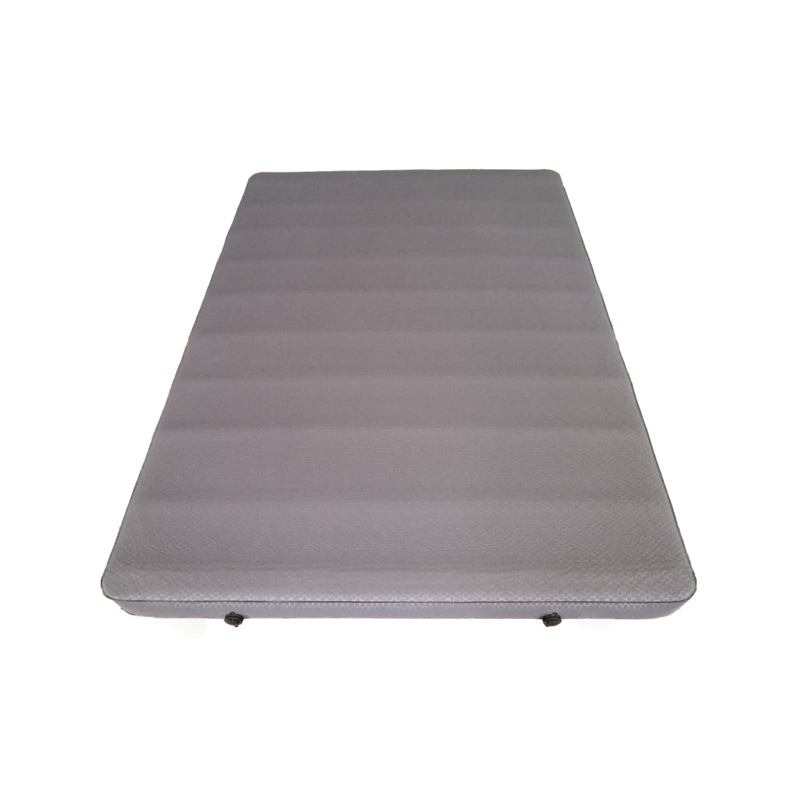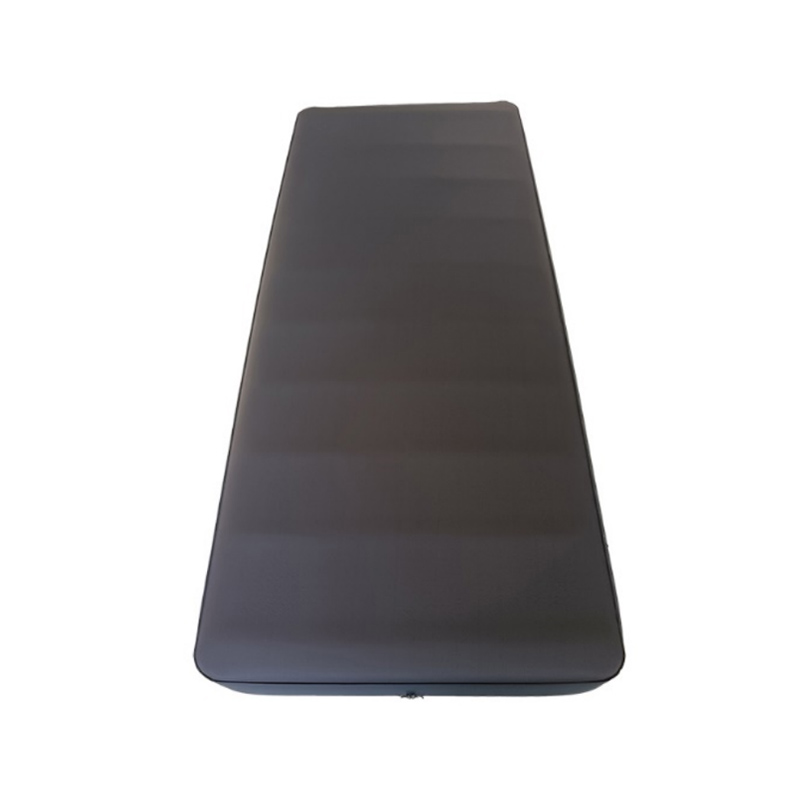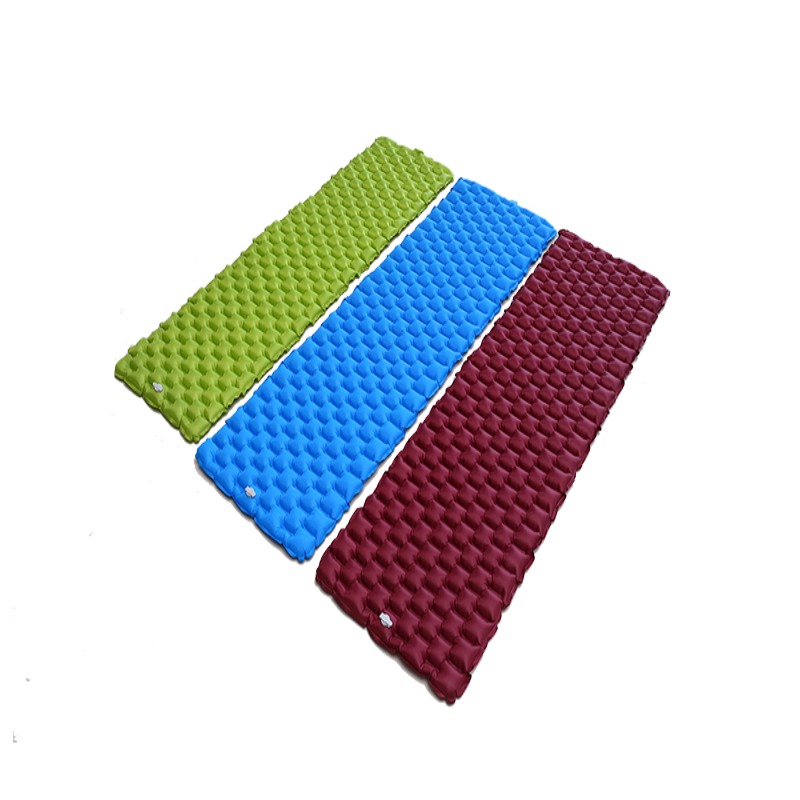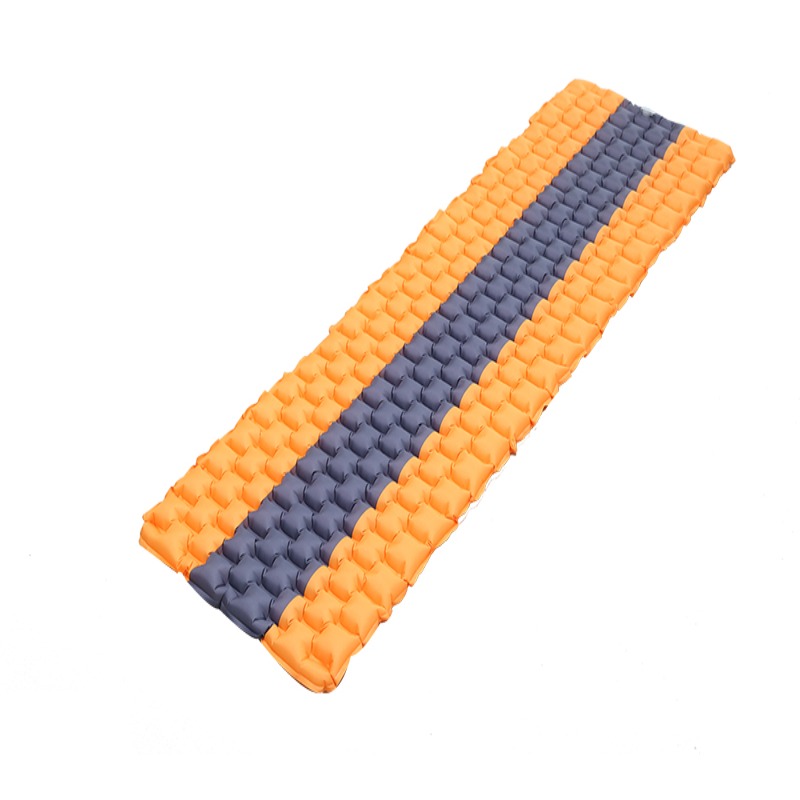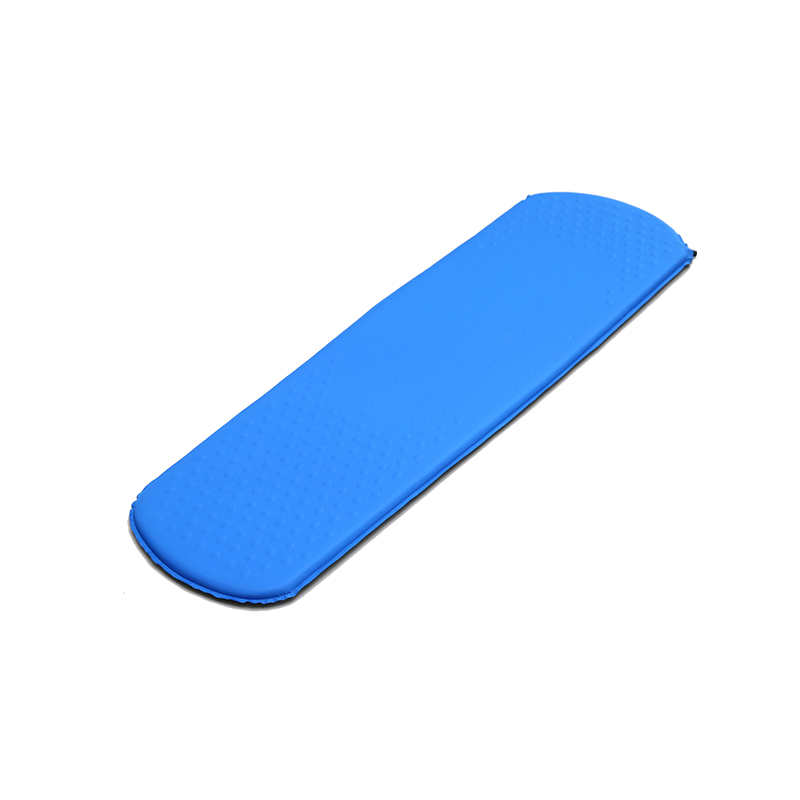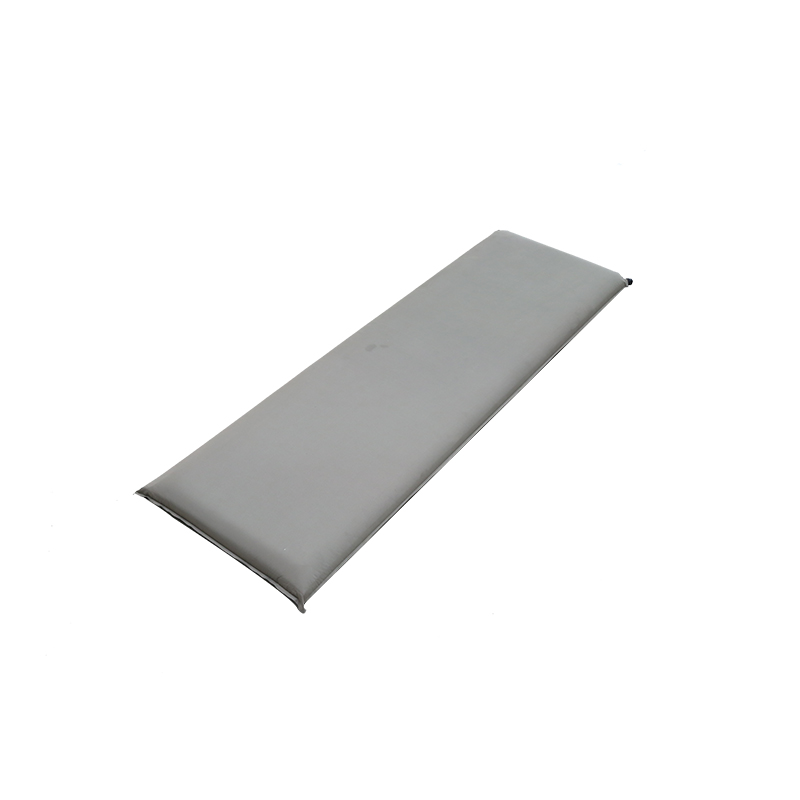Moisture-proof pad function:
1 Make your sleep more comfortable, especially on harder and less flat ground;
2 It is a layer of thermally conductive insulator between your body and the ground to prevent the loss of body heat;
3 Isolate moisture from the ground;
Material and type of moisture-proof pad:
The most fundamental thing about all sleeping pads is "foam". Foaming materials are divided into chemical foaming and physical foaming. The performance of the latter is much better than the former, and of course the price is relatively more expensive. There are two basic types:
1. Closed-cell foaming is a piece of plastic sleeping pad composed of tiny bubbles. Since each bubble is an independent unit and closed, this kind of sleeping pad does not absorb water. At present, the common non-compressible, non-expandable, non-dismantling, and multi-color moisture-proof pads on the market that are 10-30 yuan are all enclosed. Early closed-chamber sleeping foam sleeping pads were made by vinylnitrile, which would break when the weather quickly became cold. Most of this material has been replaced by cross-linked polyethylene. The lithographic cross-linked polyethylene is quite hard, so some manufacturers have added EVA (ethylenevinyl-acetate, a rubber polymer) to increase softness.
Advantages: cheap, excellent insulation, thin, good moisture resistance.
Disadvantages: large size; because it is thin, it is not very comfortable to sleep.
2, open-cell open-cell foam is a compressed material that can be found in furniture and sponges. It is made of expanded polyurethane (polyurethane). It is completely different from closed cell foaming: all the bubble cells in the polymer are connected and form a honeycomb structure. Since the bubble chamber has fewer solid walls (more hollow), the open chamber foam will have a lighter weight and more compressible; but it will absorb water, just like a sponge.
Advantages: more comfortable, lighter, cheaper and warmer than the inflatable type; good compression.
Disadvantages: Because the material is an open structure, it has poor moisture resistance and is not suitable for use in a humid environment; the service life is also short.
3. AirMattresses: At present, the inflatable cushions that can be seen in outdoor stores all claim to be self-inflating (Self-inflatingPads). The principle is to seal the open air chamber in a waterproof nylon shell, which will automatically expand when used. The top brand that can be found in China is Therm-a-Rest product of cascaddesigns. The key to the self-inflating moisture-proof cushion is the resilience of the inner filling, which determines whether the user needs to blow with his mouth after a long time of compression to compensate for the soft cushion caused by the low resilience of the filling material . If you do this in a low temperature state, the inside of the cushion will be filled with water vapor, and the cushion will be made of airtight fabric, which will cause the phenomenon of icing in the cushion. At the same time, the degree of resilience also determines whether it can be used normally at low temperatures. If the resilience is not high, the cushion will become hard and easily damaged. At present, the common self-inflating moisture-proof cushions in China ignore the internal selection and do not indicate the applicable temperature. Pay attention when purchasing!
Advantages: It is as comfortable as an open air chamber, with adjustable softness, but much better insulation; waterproof and moisture-proof; air chamber inflation can be adjusted.
Disadvantages: expensive; easy to puncture; larger and heavier; it is difficult to empty the internal gas after use, and it is not easy to pack

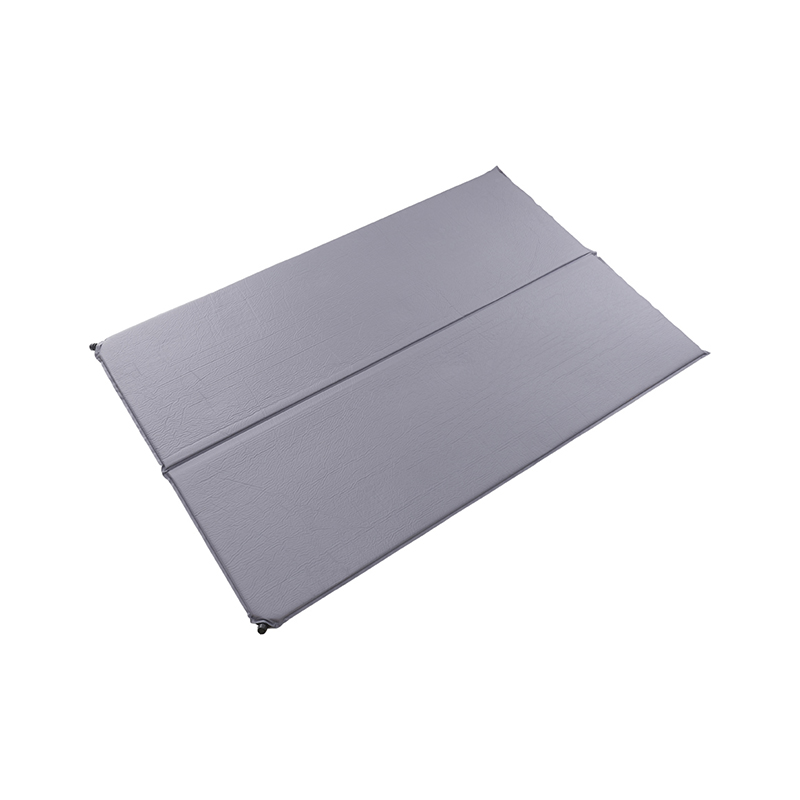

 简体中文
简体中文 English
English 日本語
日本語 Español
Español Deutsch
Deutsch